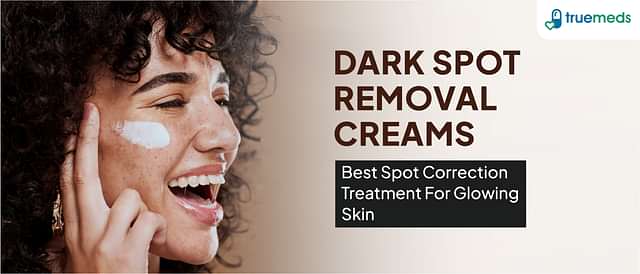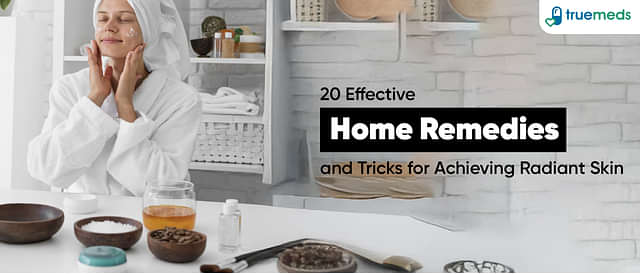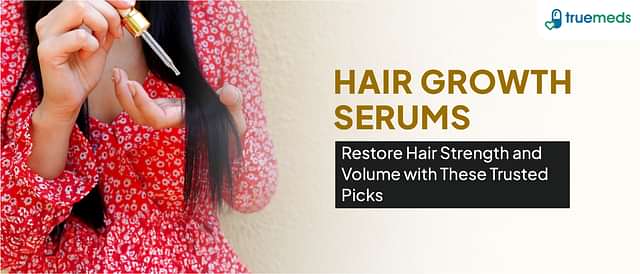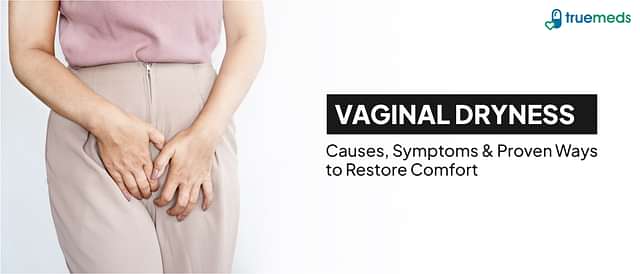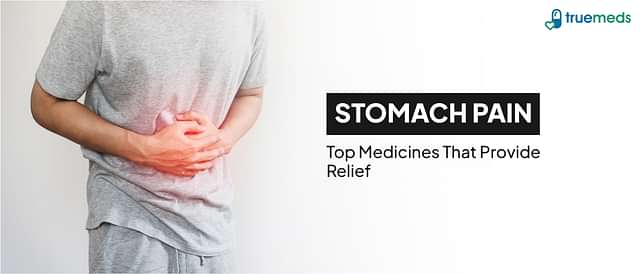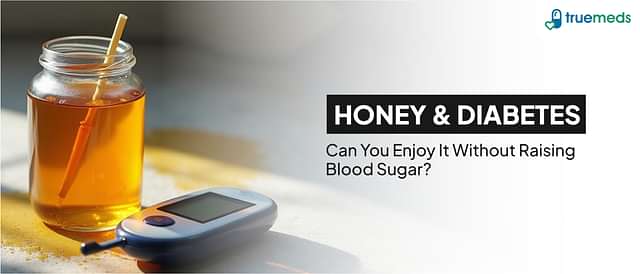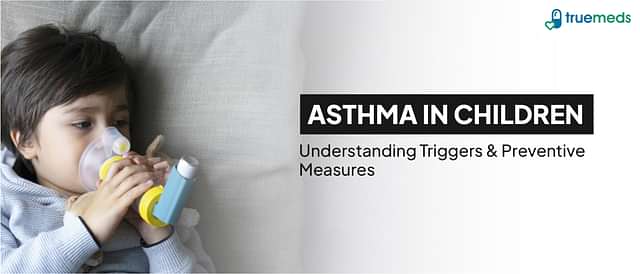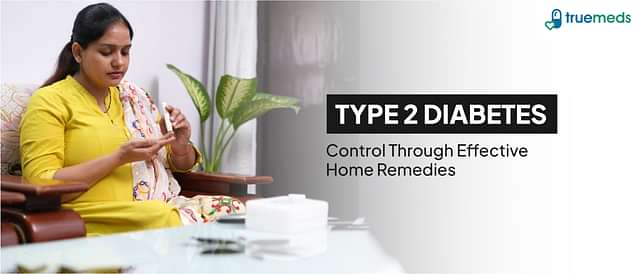10 Types of Skin Disease
Last updated on : 26 Feb, 2025
Read time : 13 min
Introduction
Skin is a barrier that serves as one of the body’s first lines of defence against harmful microbes. Being the body’s largest organ, it is susceptible to many diseases. These conditions vary from cancerous growths to noncancerous issues triggered by infections, inflammation, autoimmune responses, and mild to severe irritations, impacting our daily lives. Skin diseases are a common concern that many of us face, affecting our appearance, comfort, and confidence. Understanding the various types of skin diseases can help us identify symptoms early, seek appropriate treatment, and manage these conditions effectively. In this guide, we’ll explore ten common skin diseases, their causes, and how they affect us. By becoming more informed, we can better protect our skin and maintain its health and vitality.
What are Skin Diseases?
Skin diseases encompass many conditions that affect the skin, our body’s largest organ. These diseases can be caused by infections, genetics, immune system issues, or environmental factors. They manifest in various forms, such as rashes, inflammation, itching, or lesions, and can be either temporary or chronic. Some types of skin problems are contagious, spreading from person to person, while other types of skin disease are non-contagious but can still cause significant discomfort and distress. Proper diagnosis and treatment are crucial for managing these conditions effectively and preventing complications. With the proper knowledge and care, we can keep our skin healthy and resilient against these challenges.
Types of Skin Diseases
There are numerous skin diseases that can affect us, each with its own unique set of symptoms and treatments. Here, we discuss the 10 most common types of skin disease, providing a brief overview to help you understand, recognise and treat these conditions.
1. Acne
Acne is a prevalent skin condition, particularly during adolescence, resulting from clogged hair follicles due to oil and dead skin cells. This blockage leads to the formation of pimples, blackheads, and whiteheads. Hormonal fluctuations, stress, and dietary choices can exacerbate acne, which typically affects the face, neck, shoulders, and back. Although acne can be frustrating, various treatments are available, including topical creams, oral medications, and lifestyle changes, which can effectively manage and reduce breakouts. Consulting a dermatologist is crucial, as untreated acne can lead to permanent scars and dark spots. For moderate to severe acne, the following treatments may be recommended:
- Adapalene topical cream: Available over-the-counter without a prescription.
- Tretinoin topical: Available in creams, gels, and lotions, but should be used with caution during pregnancy.
- Oral isotretinoin: Used for severe acne, but poses significant pregnancy risks, potentially causing severe birth defects.
Also Read: Healthy Diet and Food for Acne
2. Psoriasis
Psoriasis is a chronic autoimmune condition characterised by rapid skin cell turnover, leading to thick, red, scaly patches that are often itchy and sometimes painful. These patches commonly appear on the elbows, knees, scalp, and lower back. While the exact cause is unknown, genetics and immune system issues play significant roles. Treatments aim to slow cell growth and reduce inflammation, including topical treatments, phototherapy, and systemic medications. Managing stress and maintaining a healthy lifestyle can also help control psoriasis flare-ups. Psoriasis requires long-term therapy to manage symptoms. Treatment options depend on the severity of the lesions, the percentage of body surface area affected, and the patient’s quality of life. The four primary treatment options include:
- Topical Treatment: Creams and ointments applied to the affected areas to reduce mild to moderate psoriasis. Options include corticosteroids, anthralin, vitamin D analogues, topical retinoids, and coal tar.
- Combination Topical Treatments: Using combinations of corticosteroids with vitamin D analogues, tazarotene, or salicylic acid.
- Moisturisers: Creams containing urea, salicylic acid, ceramides, niacinamide, or thermal water to maintain skin elasticity and texture.
Also Read: Psoriasis diet: What foods to eat and avoid
3. Chickenpox
Chickenpox is a highly contagious type of skin disease caused by the varicella-zoster virus, primarily affecting children. It presents as an itchy rash with red spots and blisters across the body, accompanied by fever, fatigue, and loss of appetite. Although generally mild, chickenpox can be severe in adults or those with weakened immune systems. Vaccination is the best prevention method. Treatment focuses on symptom relief, including antihistamines, calamine lotion, and maintaining skin hygiene to prevent secondary infections. For fever management, non-aspirin medications such as acetaminophen are recommended, while ibuprofen is generally avoided due to its association with severe bacterial skin infections. Antiviral medication may be recommended for certain groups, such as individuals over 12, those with chronic skin or lung disease, or people with weakened immune systems.
Also Read: Effective Chickenpox Treatment at Home: Chicken Pox Home Remedies, Prevention and Much More
4. Eczema
Eczema, or atopic dermatitis, is a chronic type of skin disease that causes inflamed, itchy, and red skin. It often affects children but can persist into adulthood. The exact cause is unknown, but it’s linked to genetic and environmental factors. Common triggers include allergens, stress, and irritants like soaps and detergents. Treatment involves moisturizing the skin, using anti-inflammatory creams, and avoiding triggers. Managing eczema requires a comprehensive approach, including lifestyle adjustments and medical treatments. Treatment options include:
- Topical Treatments: Ointments or creams, such as cortisone, hydrocortisone, topical calcineurin inhibitors, and barrier repair moisturisers, to relieve inflammation and itchiness.
- Oral medicines: Antibiotics for bacterial infections and antihistamines like cetirizine, diphenhydramine, fexofenadine, and loratadine to block allergic reactions.
Also Read: Effective Eczema Ointments and Creams for Managing Dry, Itchy Skin in India
5. Hives
Hives, or urticaria, are raised, itchy welts that appear on the skin due to an allergic reaction or other triggers such as stress, infections, or medications. They can vary in size and appear anywhere on the body. Hives are typically short-lived, but chronic hives can last for weeks or months. Hives can be classified into:
- Acute Urticaria: Lasts less than six weeks.
- Chronic Urticaria: Occurs at least twice a week for more than six weeks, sometimes without an obvious cause.
- Physical Urticaria: Triggered by physical factors like cold, heat, sun, vibrations, or pressure.
Most of the time, hives go away without treatment. If the hives last for longer and the symptoms are bothersome, you can try the following treatments:
- Allergy Medications or Antihistamines: They relieve itching and reduce the severity of allergic reactions. Examples include diphenhydramine , loratadine, fexofenadine , cetirizine, and levocetirizine.
- Allergy Shots or Immunotherapy: For chronic hives that are difficult to treat, monthly injections of drugs can block allergic reactions. These injections target excessive IgE production, preventing the immune system from making more.
- Oral Steroids (Corticosteroids): If hives do not respond to antihistamines or topical steroids, oral corticosteroids like prednisone may be prescribed.
- At-Home Treatments:
- Take cool baths or showers to soothe hives.
- Wear loose-fitting clothing.
- Apply cold compresses.
- Over-the-counter hydrocortisone or antihistamine creams can relieve itching and swelling.
6. Measles
Measles is a highly contagious type of skin disease caused by virus. It affects the respiratory system, manifesting as a skin rash. Symptoms include high fever, cough, runny nose, and red, watery eyes, followed by a red rash that spreads across the body. Vaccination is the most effective way to prevent measles. Treatment focuses on symptom relief, such as fever and cough management, and ensuring adequate hydration. In severe cases, vitamin A supplements may be recommended to prevent complications. Post-exposure vaccination within 72 hours of exposure can provide protection or reduce the severity of symptoms.
7. Warts
Warts are small, rough growths caused by the human papillomavirus (HPV). They can appear on various parts of the body, including hands, feet, and genitals. While generally harmless, warts can be unsightly and sometimes painful. They spread through direct contact with the virus. Treatments include topical salicylic acid. Other treatment options for wart removal includes:
- Cantharidin: A dermatologist applies cantharidin directly to the wart, causing controlled blistering underneath the skin. Eventually, the wart detaches and peels off. Cantharidin is effective, less painful than surgical excision, and leaves no scarring. It’s a great option for visible areas or young children.
- Cryosurgery (Freezing): Commonly used for warts in adults and older children, cryosurgery involves freezing the wart using liquid nitrogen. While not too painful, it may cause dark spots in people with dark skin, and repeat treatments are often necessary.
- Electrosurgery and Curettage: Electrosurgery (burning) is effective for common warts, filiform warts, and foot warts. Curettage involves scraping off the wart with a sharp knife or spoon-shaped tool. Dermatologists may use these procedures together, either before or after electrosurgery.
- Excision: In some cases, the doctor may surgically cut out the wart.
Hard-to-treat warts may require laser treatment, chemical peels, bleomycin, or immunotherapy.
8. Cellulitis
Cellulitis is a bacterial skin infection causing redness, swelling, warmth, and pain. It usually affects the lower legs but can occur anywhere on the body. The infection can spread rapidly and become serious if not treated promptly. Risk factors include cuts, insect bites, and other skin injuries. Treatment involves antibiotics, and in severe cases, hospitalization may be necessary. Keeping the affected area clean and elevated can help reduce swelling and pain. Monitoring the infection’s response to antibiotics within three days is crucial, and completing the full course of antibiotics is essential. Usually, symptoms improve within a few days of starting treatment. However, if any of the following conditions apply, hospitalisation and intravenous antibiotics may be necessary:
- Lack of Response to Oral Antibiotics: If signs and symptoms do not improve with oral antibiotics.
- Extensive Signs and Symptoms: When the infection is widespread.
- High Fever: If you experience a high fever.
9. Lupus
Lupus is a complex autoimmune disorder causing inflammation and pain, affecting various body parts, including the skin. Cutaneous lupus affects the skin, leading to red patches or ring-shaped, sunburn-like rashes on the nose and cheeks, and round rashes that don’t itch or harm. Sun exposure can trigger or worsen symptoms, accompanied by headaches, fever, fatigue, and swollen, stiff, or painful joints. Treatment includes anti-inflammatory medications, immunosuppressants, and avoiding sunlight. You can also do some lifestyle adjustments to minimize flare-ups. Here are some medications used to manage lupus:
- Nonsteroidal Anti-Inflammatory Drugs (NSAIDs): Over-the-counter NSAIDs like naproxen sodium and ibuprofen help treat pain, swelling, and fever associated with lupus.
- Antimalarial Drugs: Hydroxychloroquine, commonly used to treat malaria, can decrease the risk of lupus flares by affecting the immune system.
- Corticosteroids: Prednisone and other corticosteroids reduce lupus-related inflammation.
- Immunosuppressants: Azathioprine, mycophenolate, methotrexate, cyclosporine, and leflunomide suppress the immune system.
- Biologics: Belimumab is administered intravenously, reduces lupus symptoms. Additionally, rituximab may benefit individuals who haven’t responded to other medications.
10. Blisters
Blisters are fluid-filled sacs that form on the skin due to friction, burns, or infections, acting as a protective barrier allowing the underlying skin to heal. Blisters are common on the hands and feet and can be painful. Treatment involves keeping the blisters clean, covering them with a sterile bandage, and avoiding popping them to prevent infection. Most blisters heal naturally within 3 to 7 days. If a blister bursts, draining the fluid and covering the area with a dry, sterile dressing can protect it from infection until it heals. If the blisters get infected, take antibiotics that treat skin infections after consulting your doctor. If a blister has burst, avoid peeling off the dead skin on top. Instead, allow the fluid inside to drain naturally. Wash the area with mild soap and water. Protect the blister and the surrounding area by covering it with a dry, sterile dressing. This helps prevent infection while it heals. UseOver-the-counter hydrocolloid dressings to ease discomfort and promote healing. You can find these at pharmacies. If the top layer of dead skin has already rubbed off, resist picking at the edges of the remaining skin. Follow the advice above to maintain protection against infection. If the blister is on your foot, refrain from wearing the shoes that caused it until it heals.
Also Read : Red Spots on Skin: Types, Causes, Symptoms & Treatments
Top 5 Products for Skin Diseases
- Dermadew Aloe Cream for redness, inflammation, chapped skin, itchiness, irritation, and dryness due to eczema, psoriasis, hives, chickenpox and measles
- Baksons Thuja Ointment for warts
- Ahaglow Acne Control Moisturizing Gel to soothe and hydrate acne-prone skin
- Saliac Face Wash to control acne
- Clobeta GM Cream as antiseptic for bacterial and fungal infections
Conclusion
Understanding the various types of skin diseases helps us recognise symptoms early and seek appropriate treatment. From common conditions like acne and eczema to more serious infections like cellulitis and chickenpox, being informed allows us to take proactive steps in managing our skin health. Regular skincare routines, avoiding known triggers, and seeking medical advice when needed are crucial in maintaining healthy skin. By taking these measures, we can protect our skin and ensure it remains vibrant and healthy.
Also Read: 7 Powerful Benefits of Vitamin C for Your Skin Health
Frequently Asked Questions (FAQs)
Skin problems due to autoimmune conditions can’t be avoided. The skin problems causes by bad hygiene practices or unhealthy lifestyle can be prevented. Stay hydrated and maintain a nutritious diet. Limit contact with irritants and harsh chemicals. Shower daily using hypoallergenic products. Smoke less and reduce alcohol intake.
Use clean water to gently wash the infected area twice a day. Avoid hydrogen peroxide or alcohol, as they can slow healing. After cleaning and drying, apply an antiseptic or antibiotic cream to prevent germs. Cover the wound with a clean dressing to protect it. Remember, seek medical attention if the infection worsens or shows signs of severity.
To improve your skin texture and reduce issues like acne, Identify underlying factors (e.g., acne, dryness, or stress). Seek professional help if needed (e.g., for acne scarring). Use oil-free, noncomedogenic products. Cleanse twice daily and moisturize with niacinamide. Exfoliate gently to remove dead skin cells. Remember, consistency and patience are key for achieving smoother, healthier skin
Wash your hands frequently to stop germs from spreading. Wash your face and body daily to remove germs. Cut and clean under your fingernails to prevent germs from residing there. Also, avoid insect bites and skin injuries, as they can lead to infections. Use antiseptics and follow proper hygiene to stop skin infections.
Keep your skin moisturised to prevent dryness and cracking. Use a suitable moisturizer for your skin type. Properly clean and care for any cuts, scrapes, or wounds. Apply antiseptic and cover with a sterile bandage. Avoid scratching, and follow any prescribed treatments to reduce infection.
Disclaimer
Our healthcare experts have carefully reviewed and compiled the information presented here to ensure accuracy and trustworthiness. It is important to note that this information serves as a general overview of the topic and is for informational purposes only. It is not intended to diagnose, prevent, or cure any health problem. This page does not establish a doctor-patient relationship, nor does it replace the advice or consultation of a registered medical practitioner. We recommend seeking guidance from your registered medical practitioner for any questions or concerns regarding your medical condition.
Popular Articles
Recommended Articles
Recent Articles
Top-Selling Medicines:
...View more
Top-Selling OTC:
...View more
Subscribe
Registered Office Address
Grievance Officer
Download Truemeds

Contact Us
Our customer representative team is available 7 days a week from 9 am - 9 pm.
v3.7.5
Our Payment Partners










